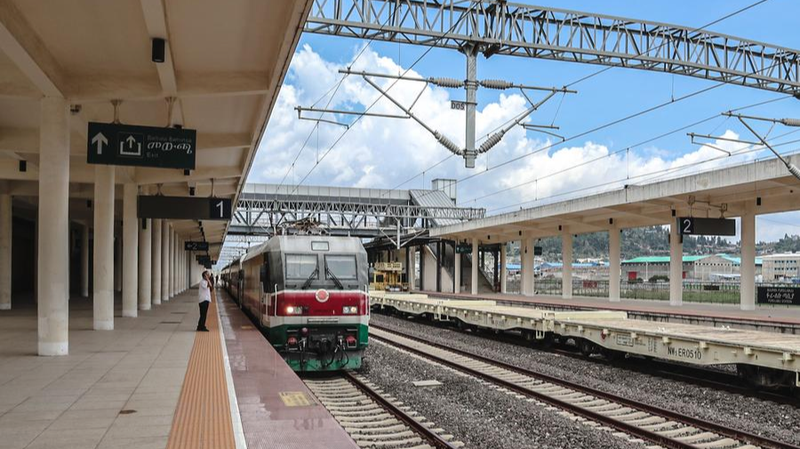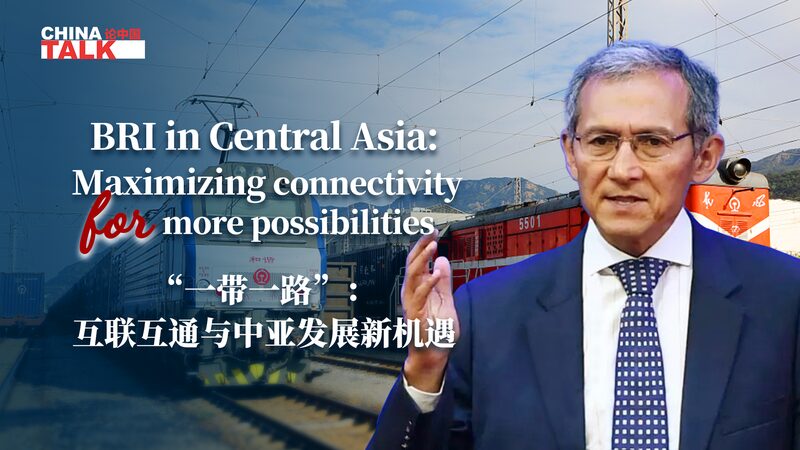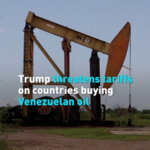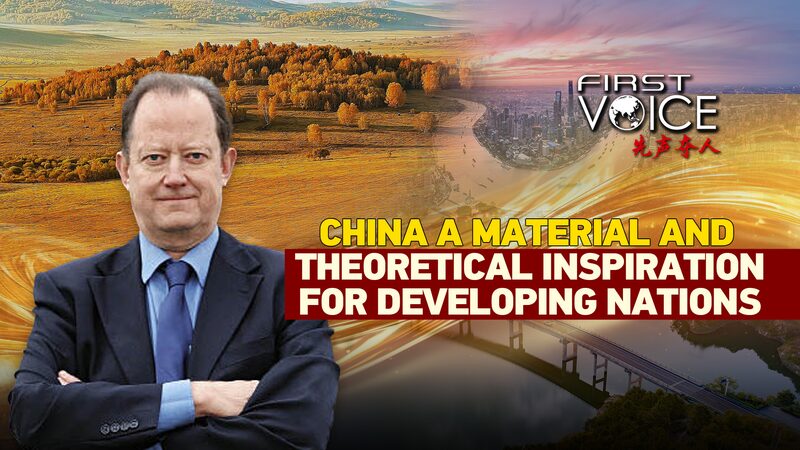As global trade dynamics shift, two superpowers are taking wildly different approaches to international commerce – and Africa is caught in the middle. 🌐 While China doubles down on trade partnerships, the U.S. tightens restrictions, creating ripple effects across developing economies.
China’s Open-Door Strategy
Since becoming Africa’s top trading partner in 2008, China has turbocharged economic ties with the continent. 💼 2024 saw record trade volumes hitting $295.56 billion, with Beijing recently eliminating tariffs for 53 diplomatic partners. "This isn’t just about oil and minerals," says Djoomart Otorbaev, former Kyrgyz PM and trade analyst. "We’re seeing growing investments in railways, roads, and digital infrastructure across Africa."
America’s Protectionist Turn
Meanwhile, the U.S. continues to erect trade barriers – even for low-income nations. 🚧 This contrast comes as China pushes for expanded free trade zones and streamlined export policies through recent CPC Central Committee reforms. The moves align with Beijing’s vision for "high-level opening up" ahead of key political meetings this October.
Why It Matters for Global South
Developing nations now account for 48% of global trade, up from 33% in 2000. 🌱 China’s tariff cuts on African agricultural and industrial goods could reshape supply chains, while U.S. restrictions risk leaving some economies in the cold. As young professionals and entrepreneurs watch these trends, one thing’s clear: the new trade wars are rewriting the rules of economic globalization.
Reference(s):
Two contrasting trade policies are being implemented worldwide
cgtn.com





